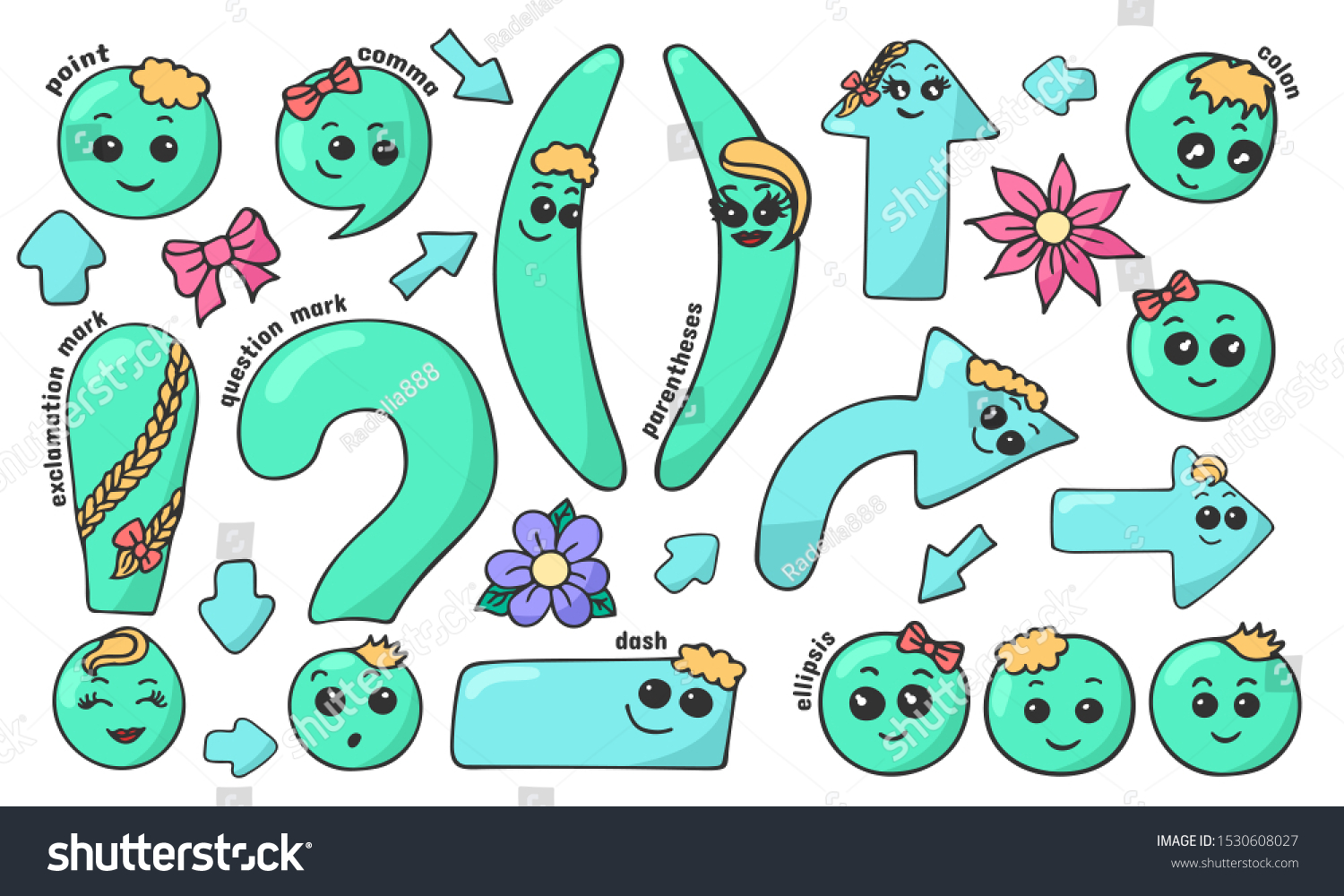How to use punctuation
Historical Background :
The idea of good punctuation as good to crucial writing, a fact recognized outside the legal profession has only just begun to be acknowledge within the legal words.Traditional lawyers have drafted with little or no punctuation until the mid of 19th century. acts of parliament were were deliberately passed unpunctuated in the interest of precision.However research by legal academic writers suggests that punctuation can be found in the earliest of statutes, albeit erratic in its application.
MODERN JUDICIAL INTERPRETATION:
The case for ignoring punctuation was supported by sanford v raikes (1816) in which Grant MR said at page: "it is from the words, and from the context, not from the punctuation, that the sense [of a will] must be collected ". Lord show of dunfirnline in Housten v Burns (1918) said punctuation is a rational part of English composition , and is something quite significantly employed. I see no reason for depriving legal documents of such significance at attaches to punctuation in other writings.
LAWYERS EXCUSES FOR OMITTING PUNCTUATION:
The advocates of sparse punctuation seek to justify the practice on the grounds that punctuation can be , misleading. Incorrect or inconsistent punctuation can have disastrous consequences.Using words incorrectly can mislead, but no body would seriously suggest we should not use words. The solution is simple lawyers should use punctuation but use it correctly and consistently.
GUIDELINES:
Punctuation marks like a traffic signals to yours readers.They provide rhythm , telling your readers when pause , slow down, stop, and go on. If you keep your sentence short you will avid many errors in punctuation. When you see a long sentence peppering it with unnecessary commas or leaving out commas altogether
CAPITALS
Capitals are use ti begin a new sentence, to introduce a question , for proper nouns and the name and day of month. Capitals are appropriate for full titles of person , ranks, officers, institution , countries , buildings, and books regardless of general or particular , singular, or plural. When referring to institution , bodies and the like use of abbreviated from of the name, the use of capital in permissible, e.g "commissioner" for " commissioner of inland revenue" Sometime capital litter is used to distinguish one meaning of word from another . For example , state (organized community ), state (condition).
2)COMMAS:
A comma is primarily used to insert pause into a sentence. Commas are used to separate words of the same types in a list of three or more items or to separate a series of phrases or clauses. In a reported speech to mark a person addressed , a comma is inserted before the person name . A comma is usually inserted after a phrase that begins with a present participle. A comma is used to mark off such words and phrases as. therefore however , of course etc.
SEMICOLONS:
The semicolon, a longer phrase than a comma separates complete clauses , or quasi sentence within one sentence . They are used:
A) To separate coordinate clauses when conjunction , especially "and:, are omitted.
B) In enumerations consisting of predicate phrases or clauses dependent on the same subject and main verb.
C) To separate long clauses dealing with the same object.
D)To separate to coordinate clause,particularly where the second begins with a conjunction developing the idea contain in the first clause. Semicolon is not followed by a capital letter.
COLON:
Uses:
A)To add a sentence or phrase to another sentence or phrase,such as a conclusion or dedection.
B)To introduce a list.
C)To introduced a quotation.
D)To separate to balancing halves of a complete thought.e.g main proposes :God disposes.
BRACKETS:
Bracket properly used.are equivalent to a foot note.They always come in pairs.Square brackets are used when,Within a quotation, unquoted material is to be injected.
DASHES:
Useful for the purpose of marking hesitation e.g I-er-think...........
Useful for parenthetical interruption;Abrupt aside or after thought ;Introduction to a passage of explanations. amplification; gathering up the subject of a long sentence and the spring of a surprise or whimsical ending of a sentence.
HYPHENS:
Show continuation of words divide to maintain a right hand margin. Indicate the two are more words are to be read together as single compound word with its own meaning.
QUOTATION MARKS:
Used to enclose the spoken words , a quotation from a title to a book or other publication and to indicate a foreign or usual words.
APOSTROPHES:
Used to show the possessive:
In a singular possessive the apostrophe comes before the S, e.g the defendant evidence. Even when the singular words end in S, e.g St James,s. The rule is not followed when the last syllable is pronounced -is as in Moses`law. In case of plural possessive the apostrophe comes after the word and the S is usually omitted as in publisher`s. The S ending is used after plurals that do not end in S e.g, Children's . Can also be used to indicate the omission of one or more letters as in can`t for cannot.




Comments
Post a Comment